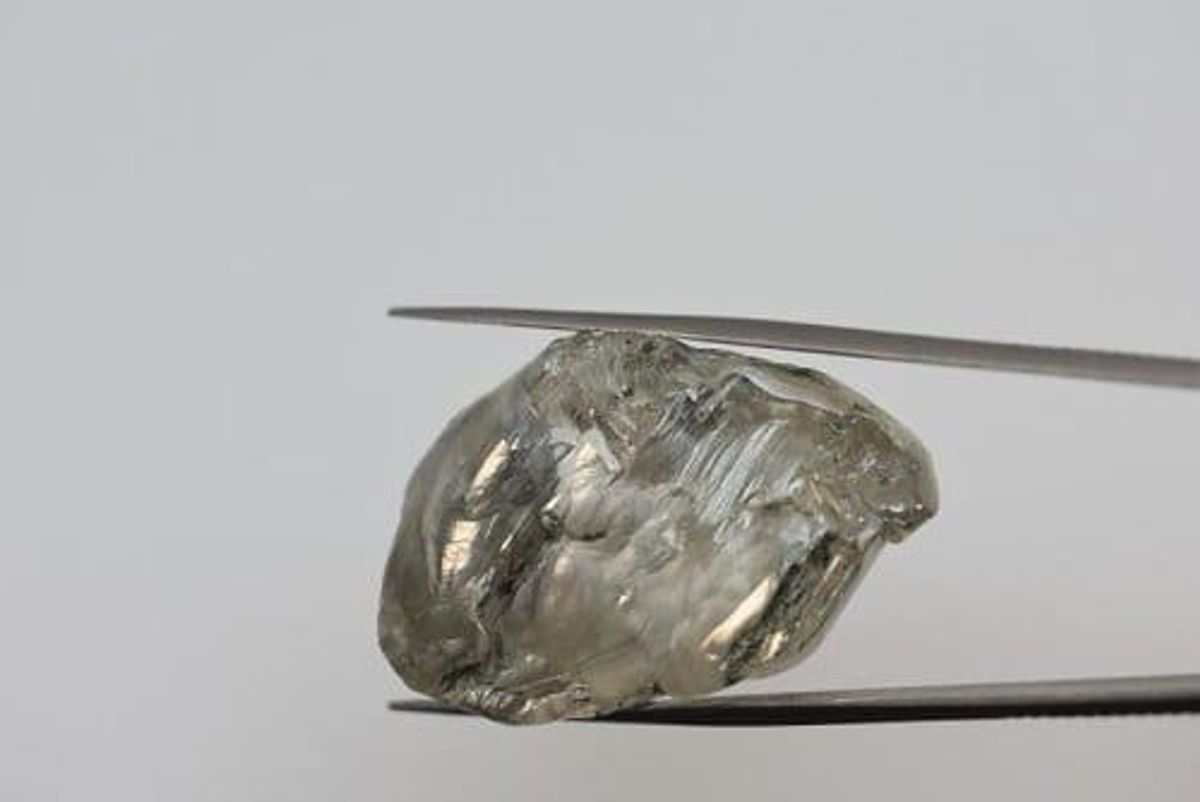- AustraliaNorth AmericaWorld
Investing News NetworkYour trusted source for investing success
Galan Lithium
International Graphite
Cardiex Limited
CVD Equipment Corporation
- Lithium Outlook
- Oil and Gas Outlook
- Gold Outlook Report
- Uranium Outlook
- Rare Earths Outlook
- All Outlook Reports
- Top Generative AI Stocks
- Top EV Stocks
- Biggest AI Companies
- Biggest Blockchain Stocks
- Biggest Cryptocurrency-mining Stocks
- Biggest Cybersecurity Companies
- Biggest Robotics Companies
- Biggest Social Media Companies
- Biggest Technology ETFs
- Artificial Intellgience ETFs
- Robotics ETFs
- Canadian Cryptocurrency ETFs
- Artificial Intelligence Outlook
- EV Outlook
- Cleantech Outlook
- Crypto Outlook
- Tech Outlook
- All Market Outlook Reports
- Cannabis Weekly Round-Up
- Top Alzheimer's Treatment Stocks
- Top Biotech Stocks
- Top Plant-based Food Stocks
- Biggest Cannabis Stocks
- Biggest Pharma Stocks
- Longevity Stocks to Watch
- Psychedelics Stocks to Watch
- Top Cobalt Stocks
- Small Biotech ETFs to Watch
- Top Life Science ETFs
- Biggest Pharmaceutical ETFs
- Life Science Outlook
- Biotech Outlook
- Cannabis Outlook
- Pharma Outlook
- Psychedelics Outlook
- All Market Outlook Reports
126 Carat Diamond is First Large Recovery at Lucapa’s Mothae
The gem-quality 126 carat diamond is the largest high-quality gem ever recovered from the Mothae kimberlite site.

Australia-listed diamond explorer Lucapa Diamond (ASX:LOM) has unearthed the first diamond over 100 carats from its Mothae mine in Lesotho.
The gem-quality 126 carat diamond is the largest high-quality gem ever recovered from the site.
The project, which came into commercial production in January, is Lucapa’s second major operation on the continent. The company’s Lulo mine in Angola has produced more than a dozen record-setting diamonds; most recently, a 130 carat stone was found there.
While the latest stone is the largest gem-quality stone discovered by Lucapa at the site, it is the sixth gem recovered weighing more than 50 carats since pre-production bulk sampling began in 2018.
The Mothae project is a joint venture between Lucapa, which holds 70 percent, and the government of the Kingdom of Lesotho, which possesses the remaining 30 percent.
Commenting on the find, Lesotho Minister of Mining Keketso Sello noted that the recovery is evidence of Lesotho’s robust diamond resources.
“Lesotho is very proud of its international reputation as a producer of large and high-quality diamonds and this latest recovery from our newest mine, Mothae, continues to demonstrate our nation’s great potential,” said Sello.
Not far from the Mothae mine is the Letseng asset, considered the world’s highest kimberlite diamond mine in terms of US dollars per carat. It is owned by Gem Diamonds (LSE:GEMD,OTC Pink:GMDMF) and has produced pink and blue diamonds in the past.
Since commencing commercial production in early 2019, Mothae has produced 138 diamonds weighing 4.8 carats or more, including 42 specials and rare Type IIa and IIb diamonds.
“We are delighted to have recovered our first +100 carat stone so early in our commercial mining campaign at Mothae, along with other rare Type IIa and fancy colored gems, and look forward to unlocking the true value of this mine over the next decade and beyond,” said Managing Director Stephen Wetherall in a company announcement.
Shares of Lucapa sat flat on Monday (May 27), trading at AU$0.14.
Image courtesy of Lucapa Diamond.
Don’t forget to follow us @INN_Resource for real-time updates!
Securities Disclosure: I, Georgia Williams, hold no direct investment interest in any company mentioned in this article.
Outlook Reports
Featured Australia Investing Stocks
Browse Companies
MARKETS
COMMODITIES
| Commodities | |||
|---|---|---|---|
| Gold | 2316.46 | -7.23 | |
| Silver | 27.19 | -0.09 | |
| Copper | 4.48 | -0.01 | |
| Oil | 82.69 | -0.12 | |
| Heating Oil | 2.56 | 0.00 | |
| Natural Gas | 1.66 | +0.01 | |
Investing News Network websites or approved third-party tools use cookies. Please refer to the cookie policy for collected data, privacy and GDPR compliance. By continuing to browse the site, you agree to our use of cookies.
Originally from Calgary, Georgia has been right at home in Toronto for more than two decades. Graduating from the University of Toronto with an honors BA in journalism, she is passionate about writing on diverse topics, including resources, arts, politics and social issues.
At INN Georgia covers a wide range of topics, including energy, battery and critical metals and diamonds. In her spare time, Georgia enjoys watching documentaries and experiencing Toronto's vibrant food, arts and cultural scene.
Learn about our editorial policies.
